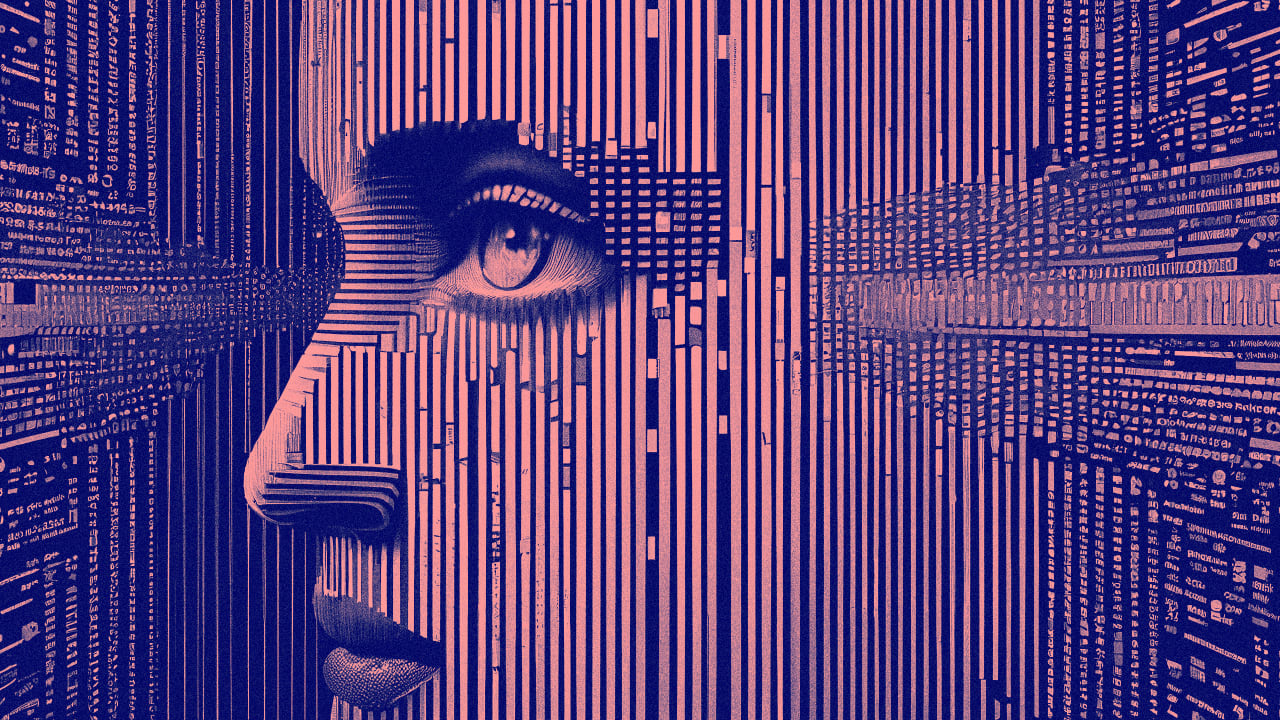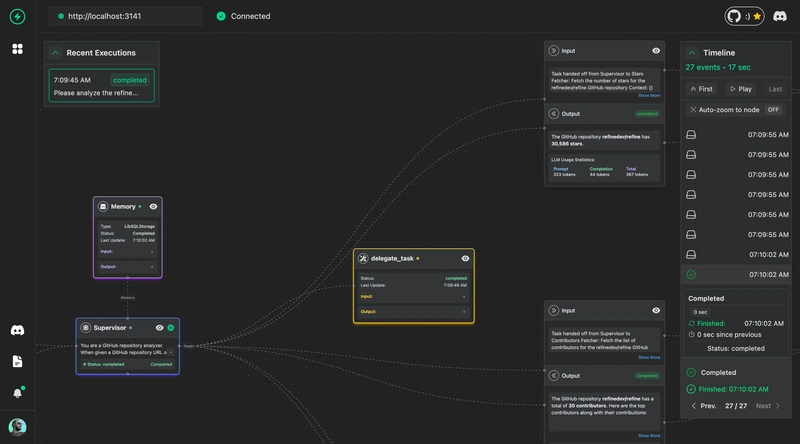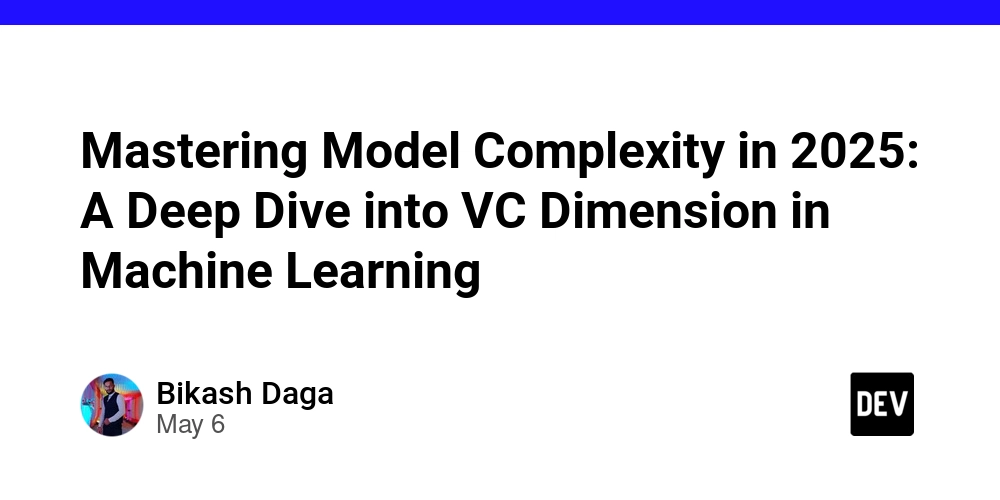AI is evolving fast. AI agents are a key part of this growth. These are AI programs that can reason, plan, and use tools to achieve goals. Building them from zero is hard. Luckily, frameworks and innovative projects are coming out. They handle many complex parts, so developers can focus on the agent's logic. Many tools are available now. Which ones should you look at? We explored several options. Here are 5 that stand out. 1. LangGraph (Python) LangGraph is built on the LangChain ecosystem. It focuses on making stateful applications with multiple actors (like agents) using a graph approach. These workflows can manage loops and branching logic. LangGraph Offers: Graph-Based Structure: Define agent steps and logic as nodes and edges in a graph. State Management: It handles keeping track of the agent's state during the workflow. Supports Complex Logic: You can build workflows with loops, conditional logic, and human intervention points. Leverages LangChain Ecosystem: You can use all the tools and integrations from LangChain. ⭐ Source: LangGraph 2. VoltAgent (TypeScript) It's an open-source TypeScript observability-first framework. It's for better developer experience for building AI agents. Code gave us flexibility. But we lost the clear visual view that tools like n8n had. We tried standard AIOps tools for observability. They helped, but didn't give the same clear, step-by-step view of the agent's execution flow. VoltAgent Offers: TypeScript/JavaScript Native: It works directly with Node.js/Web code. Open-source & Code-First: You get full flexibility and control because you write the code. Core Building Blocks: It provides essential parts like tools, memory management, and state handling. LLM Agnostic & Multi-Agent: It works with different large language models (LLMs). You can also coordinate multiple agents. Visual Debugging Console: This is a key feature. You connect it locally to your running agent. It shows you visually how the agent thinks step-by-step. You can inspect messages and see the execution flow. It brings the clarity of visual tools to your coded agents. Your data stays on your machine. ⭐ Source: VoltAgent 3. CrewAI (Python) CrewAI is a framework made for orchestrating autonomous AI agents. Its goal is to help them collaborate to achieve goals. It focuses on letting you define roles, tasks, and processes for a "crew" of agents. This makes it easier to build complex workflows where specialization and collaboration are important. CrewAI Offers: Role-Based Agent Design: Create agents with specific roles, backgrounds, and capabilities. Task Management: Assign clear tasks for agents to complete. Process Orchestration: Set up how agents work together (like doing tasks in order or in parallel). Tool Integration: Give agents access to external tools easily. ⭐ Source: CrewAI 4. AutoGPT (Python) AutoGPT is a very influential open-source project. It's not a framework to build other agents in the usual way. It's more like a finished AI agent program that shows what a truly autonomous agent can do. It tries to achieve goals you define. It does this by breaking them down, managing its own prompts, using tools, and learning by trying. Its architecture and code have inspired many other agent projects. AutoGPT Offers: Autonomous Goal Achievement: It's designed to operate with minimal human help once given a goal. Task Decomposition & Management: It tries to break big goals into smaller, manageable steps. Extensive Tool Use: It can use many tools like Browse the internet or running code. Inspiration & Learning: It's a concrete example of a complex autonomous agent. You can study its open code. ⭐ Source: AutoGPT 5. AutoGen (Python) AutoGen is developed by Microsoft. It lets you create multiple agents that can converse with each other. They talk to work together and solve tasks. It focuses on building systems where agents interact through conversational patterns. Humans can often be included in the loop. AutoGen Offers: Conversational Agents: It's made for systems where agents collaborate via chat. Flexible Conversation Patterns: Supports different ways agents talk and work together. Code Execution & Tool Use: Agents can run code and use tools within the conversation. ⭐ Source: AutoGen Choosing the Right Tool The best choice for you depends on your project needs. It also depends on your preferred programming language (TypeScript/JS or Python) and the complexity of your agents. Trying them is the best way. Read their docs. Build a simple agent with a couple of them. See which one fits your workflow and project goals best. Are there other tools you think should be on this list? Share your thoughts and experiences in the comments.

AI is evolving fast. AI agents are a key part of this growth. These are AI programs that can reason, plan, and use tools to achieve goals. Building them from zero is hard. Luckily, frameworks and innovative projects are coming out. They handle many complex parts, so developers can focus on the agent's logic.
Many tools are available now. Which ones should you look at? We explored several options. Here are 5 that stand out.
1. LangGraph (Python)
LangGraph is built on the LangChain ecosystem. It focuses on making stateful applications with multiple actors (like agents) using a graph approach. These workflows can manage loops and branching logic.
LangGraph Offers:
- Graph-Based Structure: Define agent steps and logic as nodes and edges in a graph.
- State Management: It handles keeping track of the agent's state during the workflow.
- Supports Complex Logic: You can build workflows with loops, conditional logic, and human intervention points.
- Leverages LangChain Ecosystem: You can use all the tools and integrations from LangChain.
⭐ Source: LangGraph
2. VoltAgent (TypeScript)
It's an open-source TypeScript observability-first framework. It's for better developer experience for building AI agents.
Code gave us flexibility. But we lost the clear visual view that tools like n8n had. We tried standard AIOps tools for observability. They helped, but didn't give the same clear, step-by-step view of the agent's execution flow.
VoltAgent Offers:
- TypeScript/JavaScript Native: It works directly with Node.js/Web code.
- Open-source & Code-First: You get full flexibility and control because you write the code.
- Core Building Blocks: It provides essential parts like tools, memory management, and state handling.
- LLM Agnostic & Multi-Agent: It works with different large language models (LLMs). You can also coordinate multiple agents.
- Visual Debugging Console: This is a key feature. You connect it locally to your running agent. It shows you visually how the agent thinks step-by-step. You can inspect messages and see the execution flow. It brings the clarity of visual tools to your coded agents. Your data stays on your machine.
⭐ Source: VoltAgent
3. CrewAI (Python)
CrewAI is a framework made for orchestrating autonomous AI agents. Its goal is to help them collaborate to achieve goals. It focuses on letting you define roles, tasks, and processes for a "crew" of agents. This makes it easier to build complex workflows where specialization and collaboration are important.
CrewAI Offers:
- Role-Based Agent Design: Create agents with specific roles, backgrounds, and capabilities.
- Task Management: Assign clear tasks for agents to complete.
- Process Orchestration: Set up how agents work together (like doing tasks in order or in parallel).
- Tool Integration: Give agents access to external tools easily.
⭐ Source: CrewAI
4. AutoGPT (Python)
AutoGPT is a very influential open-source project. It's not a framework to build other agents in the usual way. It's more like a finished AI agent program that shows what a truly autonomous agent can do. It tries to achieve goals you define. It does this by breaking them down, managing its own prompts, using tools, and learning by trying. Its architecture and code have inspired many other agent projects.
AutoGPT Offers:
- Autonomous Goal Achievement: It's designed to operate with minimal human help once given a goal.
- Task Decomposition & Management: It tries to break big goals into smaller, manageable steps.
- Extensive Tool Use: It can use many tools like Browse the internet or running code.
- Inspiration & Learning: It's a concrete example of a complex autonomous agent. You can study its open code.
⭐ Source: AutoGPT
5. AutoGen (Python)
AutoGen is developed by Microsoft. It lets you create multiple agents that can converse with each other. They talk to work together and solve tasks. It focuses on building systems where agents interact through conversational patterns. Humans can often be included in the loop.
AutoGen Offers:
- Conversational Agents: It's made for systems where agents collaborate via chat.
- Flexible Conversation Patterns: Supports different ways agents talk and work together.
- Code Execution & Tool Use: Agents can run code and use tools within the conversation.
⭐ Source: AutoGen
Choosing the Right Tool
The best choice for you depends on your project needs. It also depends on your preferred programming language (TypeScript/JS or Python) and the complexity of your agents.
Trying them is the best way. Read their docs. Build a simple agent with a couple of them. See which one fits your workflow and project goals best.
Are there other tools you think should be on this list? Share your thoughts and experiences in the comments.









































































































































































![[The AI Show Episode 146]: Rise of “AI-First” Companies, AI Job Disruption, GPT-4o Update Gets Rolled Back, How Big Consulting Firms Use AI, and Meta AI App](https://www.marketingaiinstitute.com/hubfs/ep%20146%20cover.png)









































































































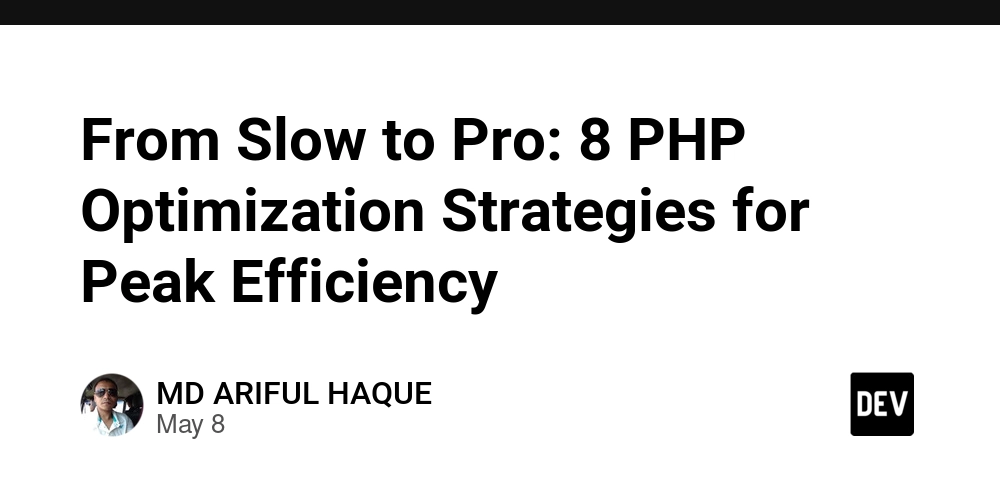
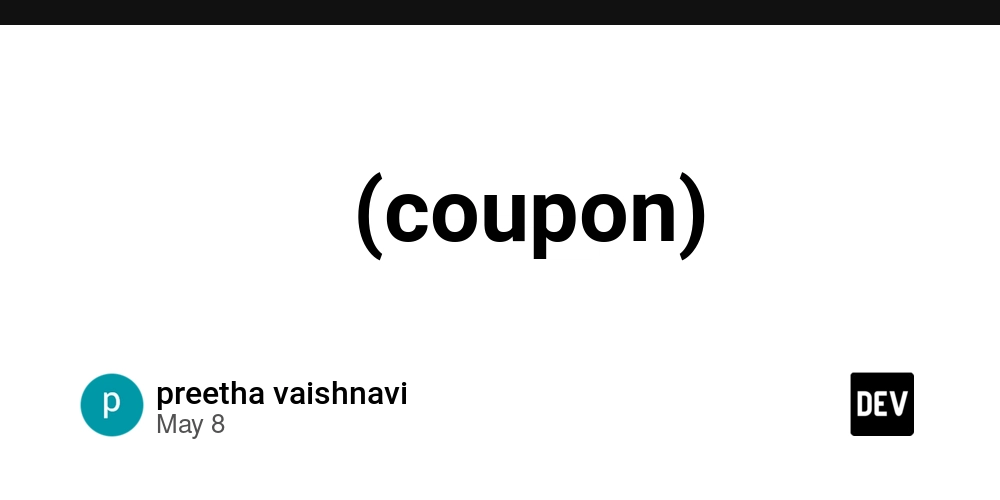
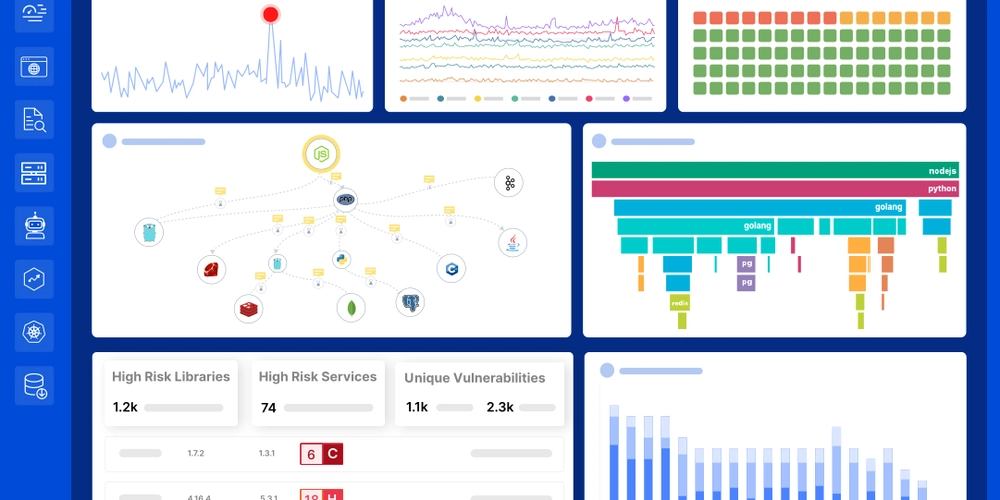













![[DEALS] The Premium Python Programming PCEP Certification Prep Bundle (67% off) & Other Deals Up To 98% Off – Offers End Soon!](https://www.javacodegeeks.com/wp-content/uploads/2012/12/jcg-logo.jpg)























































































































































































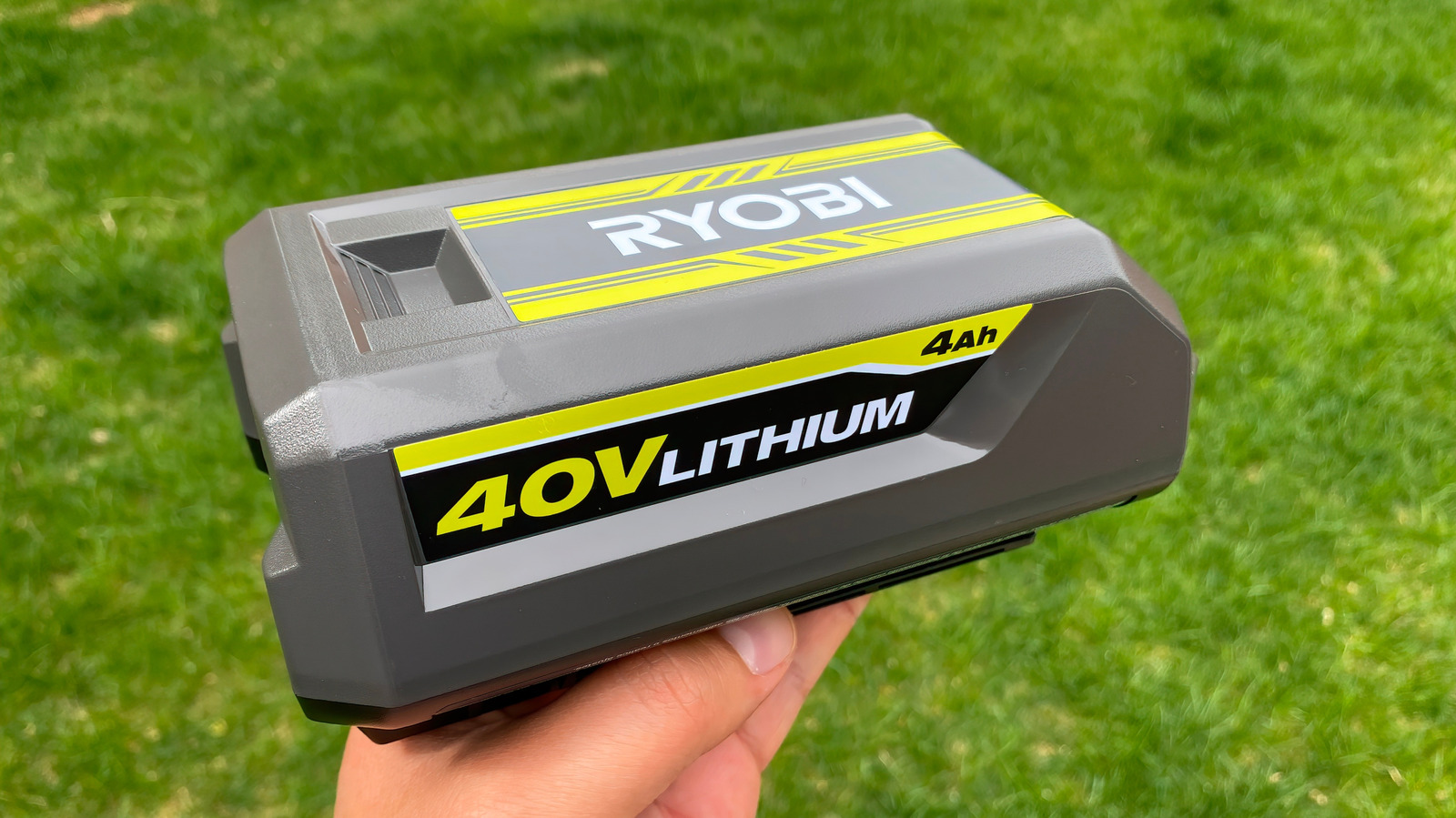
























































![Honor 400 series officially launching on May 22 as design is revealed [Video]](https://i0.wp.com/9to5google.com/wp-content/uploads/sites/4/2025/05/honor-400-series-announcement-1.png?resize=1200%2C628&quality=82&strip=all&ssl=1)













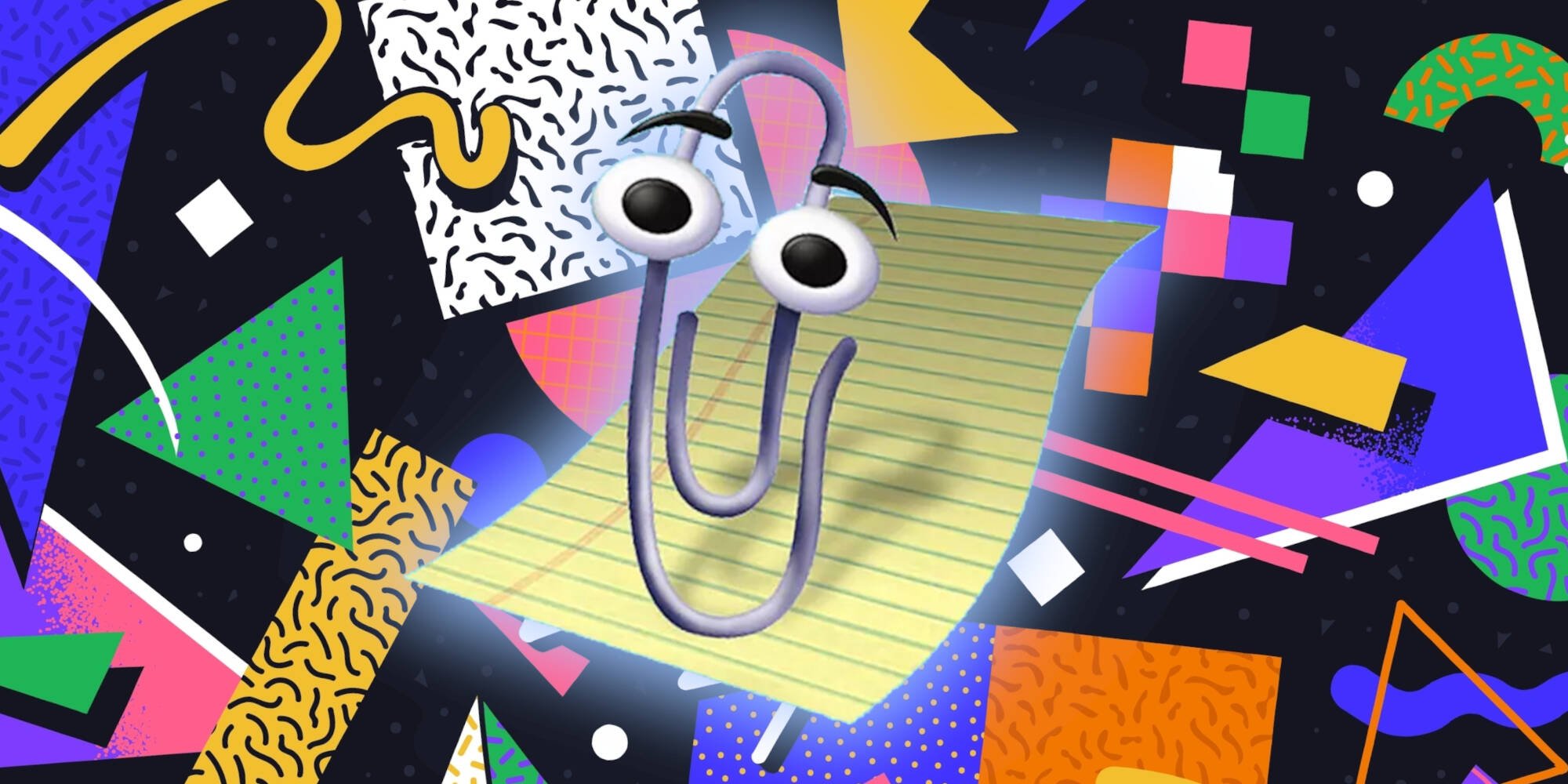
![Beats Studio Pro Wireless Headphones Now Just $169.95 - Save 51%! [Deal]](https://www.iclarified.com/images/news/97258/97258/97258-640.jpg)





































































